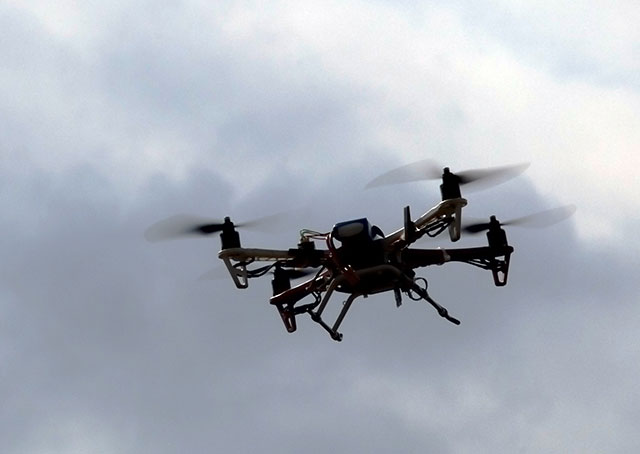
A student pilot has completed pre-takeoff checks and is preparing to taxi onto the runway for takeoff at a nontowered airport. There’s no reported traffic, but that doesn’t stop her from making a careful scan of the traffic pattern, especially the base and final legs.
During the brief cruise to the practice area, she requests traffic advisories from the radar approach/departure control facility at a nearby airport in Class C airspace. But she knows that the controllers at the scopes can’t see everything that’s out there—especially the low-flying seaplanes based at a large lake below.
Before beginning maneuvers, she takes pains to clear the area as taught in the earliest lessons. And today is her first opportunity to apply an unexpected lesson learned on her last flight, when fixating on traffic that ATC called out caused her to miss spotting an aircraft that popped up at her 12 o’clock position, awkwardly close.
That’s the kind of experience that can make a believer out of any pilot that the need to keep your head on a swivel is much more than just one of those catchy aviation sayings.
Somewhere, a student pilot is reading this and thinking, “I fly from a towered airport. I always request flight following, and there is no busy seaplane base here, so much of this isn’t for me.”
Really?
What about unmanned aircraft? With the proliferation of drones flying in all classes of airspace—permissible or not, unfortunately—pilots flying everything from trainers to twins to aerial-application aircraft face a new collision-avoidance challenge as soon as they become airborne.
“A steep increase in reports of small unmanned aircraft in close proximity to runways is presenting a new challenge for the FAA,” the agency said recently when announcing an expanded effort to develop technology to detect drones near airports.
Pilots have long known that midair collisions are prone to hot spots, including in nontowered airport traffic patterns and near VORs. Drones in numbers introduce the new variable of unpredictability because general aviation aircraft pilots can’t rely on traditional safeguards such as right-of-way regulations, or the hemispherical rule, the direction-of-flight guidance that keeps flight orderly above 3,000 feet agl.
See and avoid becomes more essential and more demanding of a pilot’s attention because of the reality that the unmanned aircraft you must spot may appear where you’d least expect it, and where it may not belong.



